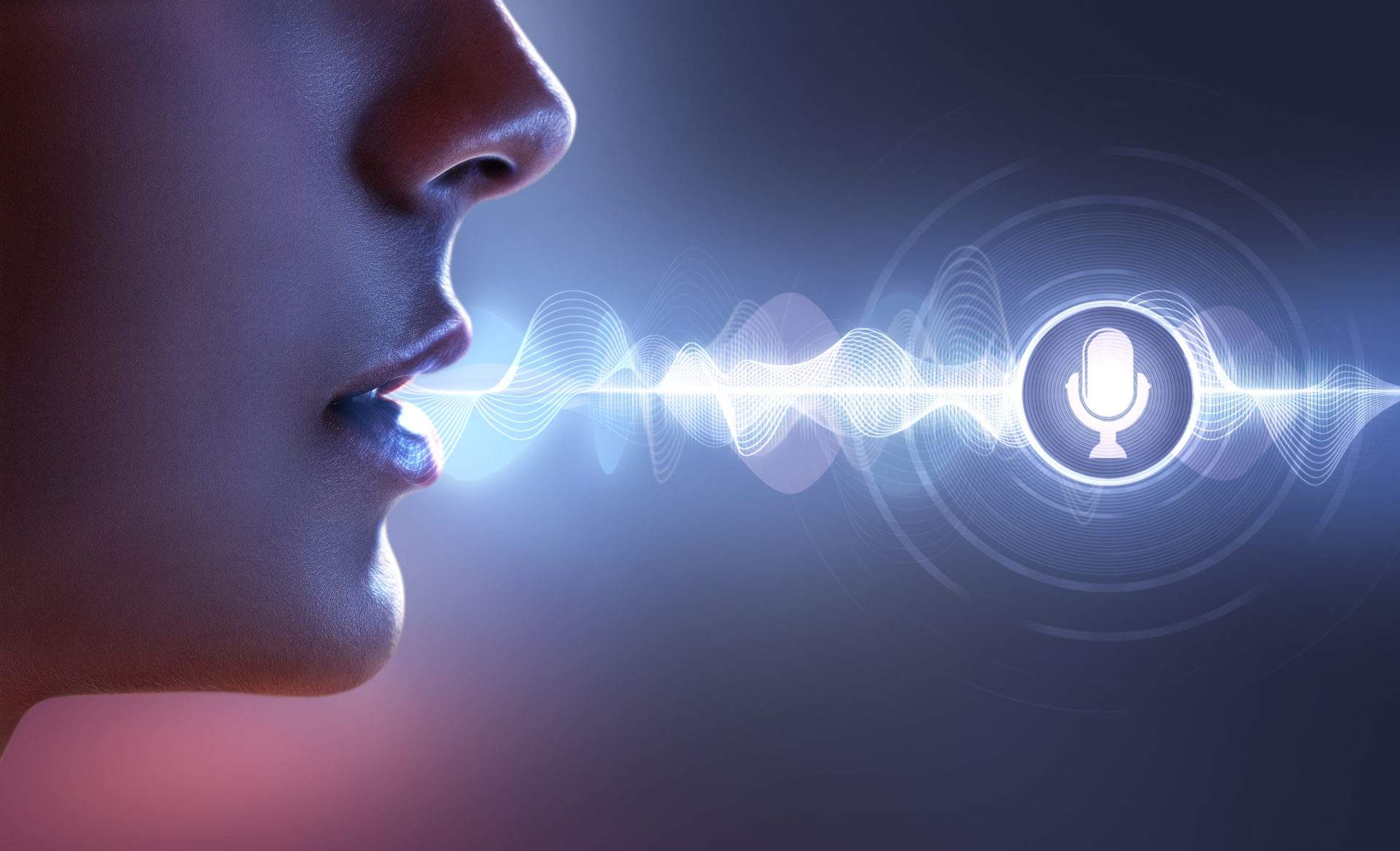Have you ever listened to your recorded voice and cringed? Well, imagine hearing your voice saying things you’ve never actually said—perfectly mimicking your tone, accent, and speech patterns. That’s the reality of AI voice cloning technology today.
I recently played a prank on my brother by sending him an audio message discussing his “secret” love for romantic comedies—except I never recorded it. An AI clone of my voice did all the talking, and he was completely fooled until I came clean. That’s how convincing this technology has become.
What Exactly Is AI Voice Cloning?
AI voice cloning is a specialized form of speech synthesis that creates a digital replica of a specific person’s voice. Unlike generic text-to-speech systems that sound robotic, voice cloning captures the unique qualities that make your voice distinctively yours.
This technology analyzes samples of your speech to learn your particular vocal characteristics:
- Pitch and tone variations
- Speech rhythm and pacing
- Accent and pronunciation patterns
- Emotional inflections
- Breathing patterns and micropauses
Once trained, the AI can generate new speech in your voice saying literally anything—even in languages you don’t speak.
Insert image of sound waves or voice pattern visualization here
How Much Voice Sample Is Needed?
“But don’t they need hours of my voice recordings?” I hear this question frequently, and the answer might surprise you.
Early voice cloning systems required extensive samples—sometimes 20+ hours of recorded speech. Today’s advanced AI can create a convincing voice clone from remarkably little data:
- High-quality systems: 1-5 minutes of clear speech
- Consumer applications: 3-10 minutes of samples
- Professional studio quality: 15-30 minutes for perfect reproduction
This rapid evolution means practically anyone with a smartphone recording app can create a voice clone in minutes.
The Technology Behind Voice Cloning
Voice cloning combines several AI technologies working in harmony:
- Deep learning neural networks analyze speech patterns
- Acoustic modeling captures the physical characteristics of your voice
- Prosody modeling replicates your rhythm, stress, and intonation
- Spectral analysis breaks down the frequency components of your voice
- Generative synthesis creates new speech matching these patterns
The most advanced systems use what’s called “zero-shot learning”—they can generate convincing speech in your voice saying things they’ve never heard you say before.
Legitimate Uses for Voice Cloning
Before addressing concerns, let’s explore the legitimate and beneficial applications driving this technology forward:
Accessibility Solutions
For people losing their voices to conditions like ALS or throat cancer, voice banking and subsequent cloning preserves their ability to communicate in their own voice. I’ve witnessed the emotional impact this has—a friend’s father with progressive ALS recorded his voice while he could still speak clearly, and now uses that voice clone to continue telling his grandchildren bedtime stories.
Content Creation Efficiency
Content creators can dramatically scale production without sacrificing the personal connection of their voice:
- Podcasters can create content without recording every word
- YouTubers can fix mistakes without re-recording entire segments
- Audiobook narrators can update passages without studio sessions
- Course creators can update educational content seamlessly
Localization and Translation
A single voice can be cloned to speak multiple languages, maintaining brand consistency across global markets. This eliminates the need to hire different voice actors for each language.
Voice Preservation
Beyond medical necessity, voice cloning offers a form of vocal preservation for:
- Family legacy (preserving grandparents’ voices for future generations)
- Historical figures (recreating speeches with authentic voices)
- Cultural heritage (preserving endangered languages and dialects)
The Ethical Minefield
Despite beneficial uses, AI voice cloning raises serious ethical concerns. As noted by the FTC, the technology creates unprecedented opportunities for fraud and deception.
Consent and Ownership
Who owns your voice? This seemingly straightforward question becomes complicated in the age of voice cloning:
- Can companies clone the voices of their employees?
- Do public figures have special protections against voice cloning?
- Should voice cloning require explicit consent?
Most ethical experts advocate for an opt-in model where clear consent is required before creating anyone’s voice clone.
Scams and Fraud
In 2023, voice cloning scams exploded in popularity. Typical scenarios include:
- “Grandparent scams” where criminals clone a grandchild’s voice to request emergency money
- Business fraud where executives appear to authorize fraudulent transfers
- Insurance scams using cloned voices to file false claims
According to security researchers, these scams have already cost victims millions of dollars, with the elderly being particularly vulnerable.
Misinformation and Manipulation
Beyond direct fraud, voice cloning facilitates broader misinformation:
- Political deepfakes where leaders appear to make controversial statements
- Celebrity impersonation spreading false endorsements
- News manipulation creating fake interviews or statements
The technology to detect AI-cloned voices exists but remains less accessible than the cloning technology itself.
Legal Landscape: Still Evolving
The legal framework surrounding voice cloning remains underdeveloped. According to Hardik Shah’s analysis on Medium, current protections fall into several categories:
- Right of publicity laws in some jurisdictions protect voice as part of personal identity
- Copyright protection may apply to recorded performances but not the voice itself
- Biometric privacy laws in states like Illinois require consent for collecting voice data
- Anti-fraud regulations apply to malicious use but not the technology itself
The patchwork nature of these protections leaves considerable gray areas that legislators are only beginning to address.
Can You Detect a Cloned Voice?
“How can I tell if I’m hearing a real person or an AI clone?” This question becomes increasingly relevant as the technology improves.
Current detection methods include:
- Unnatural breathing patterns – AI often struggles with natural breath placement
- Consistent background noise – Real recordings have variable ambient sound
- Too-perfect pronunciation – Humans make subtle speech errors AI might miss
- Emotional inconsistency – Maintaining appropriate emotion throughout longer speech remains challenging for AI
- Digital artifacts – Close listening can reveal subtle processing sounds
However, these tells are rapidly disappearing as the technology advances. Soon, detection may require specialized tools rather than human hearing.
Voice Cloning Platforms: What’s Available?
The market for voice cloning technology has exploded, with options ranging from free mobile apps to enterprise-grade solutions:
Consumer Applications
Several accessible options allow anyone to experiment with voice cloning:
- Mobile apps requiring just minutes of sample audio
- Web-based platforms with basic customization features
- Subscription services offering higher quality for content creators
Most consumer options maintain some restrictions on commercial use or include watermarks to prevent fraud.
Professional Solutions
For businesses and serious content creators, professional-grade options offer:
- Higher fidelity reproduction
- Commercial licensing
- Integration with production workflows
- Custom emotion and delivery controls
- Multi-language support
These solutions typically require more extensive voice samples but produce results nearly indistinguishable from genuine recordings.
Protecting Your Voice Identity
As voice becomes an increasingly important biometric identifier, protecting your “voice identity” matters more than ever. Here are practical steps:
- Be selective about voice recordings – Consider where your voice samples are being stored
- Read terms of service carefully – Many services claim rights to voice data
- Use voice verification with caution – Banking and security systems using voice verification may become vulnerable
- Establish verification codes with family members to confirm identity in suspicious situations
- Keep samples of your authentic voice for potential verification needs
Some experts even suggest periodically updating family members about specific personal memories that would be difficult for AI to replicate in scam attempts.
The Future of Voice Cloning
Where is this technology headed? Several trends are emerging:
Emotional Intelligence
Next-generation voice cloning focuses on emotional nuance—not just what you say, but how you would say it in different emotional contexts. These systems analyze how your voice changes when you’re excited, sad, or serious.
Real-time Conversation
Current systems typically generate pre-planned speech, but conversational voice clones are emerging that can participate in real-time discussions, responding naturally with your voice characteristics.
Cross-lingual Capabilities
Advanced systems can now generate speech in languages you don’t speak while maintaining your voice characteristics—opening new possibilities for global communication.
Hyper-personalization
Beyond simple cloning, future systems may adapt your voice for specific contexts—your “professional presentation voice” versus your “casual conversation voice.”
The Responsibility Question
As with many AI technologies, voice cloning presents a classic dual-use dilemma—the same technology that helps cancer patients preserve their voices can facilitate sophisticated fraud.
The FTC has taken notice, publishing guidance on preventing harms from AI voice cloning. They recommend:
- Strong consent requirements for voice data collection
- Clear disclosure when AI-generated voices are used
- Robust authentication systems for voice-based security
- Consumer education about voice cloning scams
Industry self-regulation is also emerging, with many platforms implementing watermarking, usage restrictions, and verification requirements.
Conclusion: Your Voice, Your Choice
AI voice cloning represents one of the most personal applications of artificial intelligence—capturing something as intimate and distinctive as your voice. The technology itself is neither inherently beneficial nor harmful—its impact depends entirely on how it’s used.
For individuals, the key takeaway is awareness. Understanding that your voice can be cloned from relatively small samples should inform your decisions about where and how you share recordings of yourself speaking.
For creators and businesses, voice cloning offers extraordinary possibilities for content scaling and personalization—but carries equally significant responsibilities around transparency and consent.
As we navigate this new territory, one principle should remain clear: each person should maintain control over their own voice—deciding if, when, and how it gets cloned. After all, few things are more personal than how we sound to the world.





